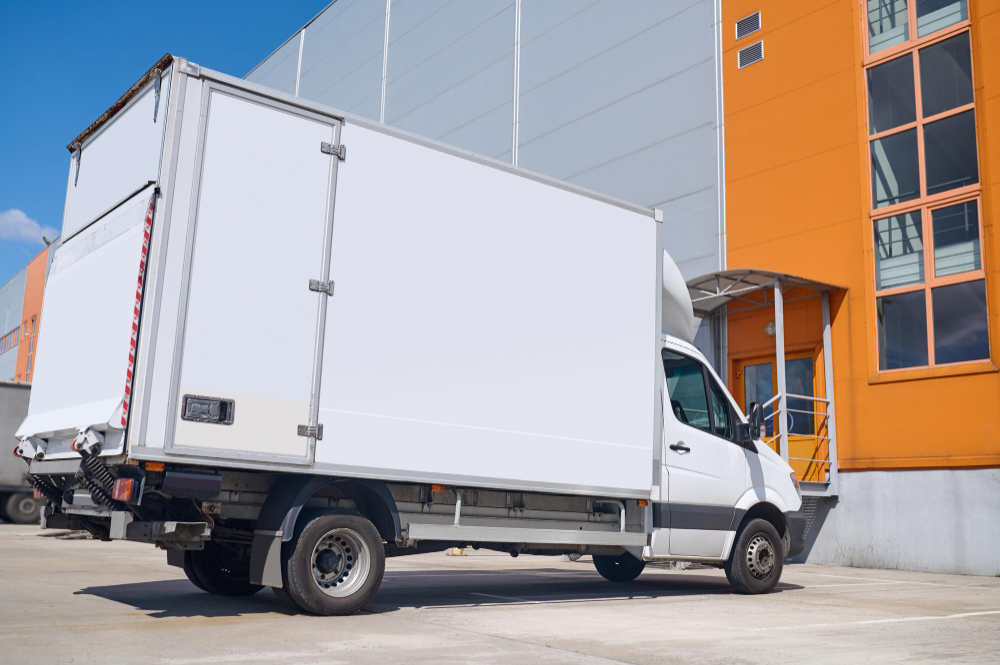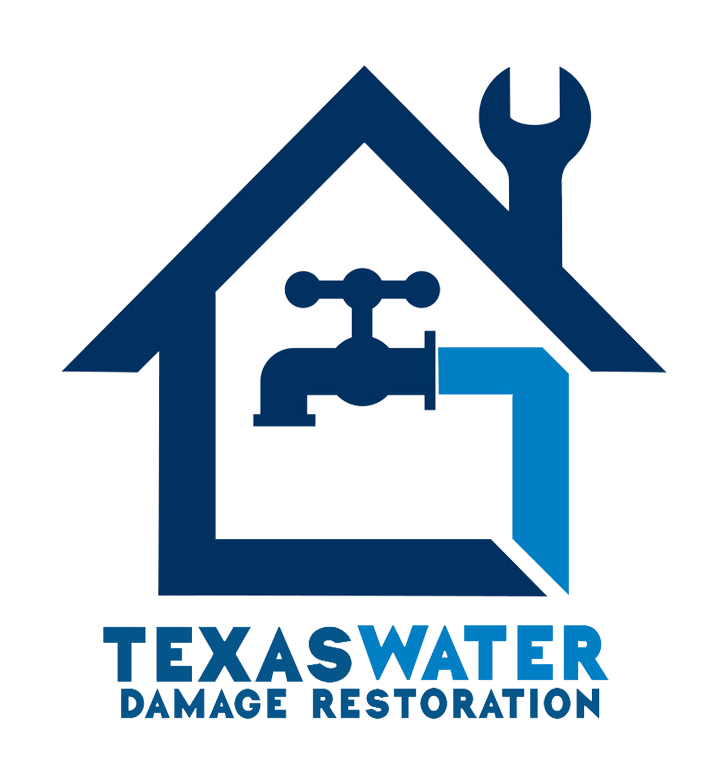Plumbing Overflow
A REAL RESPONSE TO WATER, FIRE & MOLD DAMAGE
Request Service Now
Request A Free Evaluation Now or Call (833) 365-6154.
We’re ready to respond.
OUR SERVICES
TEXAS WATER DAMAGE RESTORATION
Emergency Water Damage Restoration
Fire Damage Repair
Mold Removal
Flood Damage
Plumbing Overflow
Burst And Frozen Pipe Repair
Smoke Damage Removal
Commercial Cleaning And Restoration

24 Hour Emergency Damage Services In Texas
CALL THE TEXAS WATER DAMAGE RESTORATION PROS
Request Service Now
Frequently Asked Questions
The overflowing of a plumbing system is like the spilling over of an abundance of water from a cup that can no longer contain its contents. As such, maintenance of an overflow system is essential to ensure optimal performance and prevent any damage caused by uncontrolled outflow.
When it comes to maintaining an overflow system, there are several critical steps to take in order to achieve success: •\tEnsure proper installation – Check for improper install or misalignments during set up which could lead to future issues with the system. •\tRegularly inspect pipes – Inspect all connections between the main pipe and the overflow pipe at least once per year. •\tCheck valves regularly – Ensure check-valves are operating properly as they help regulate flow rate through the pipeline. •\tClean drains periodically – Clean drains on a regular basis in order to keep them free of debris and clogs which could disrupt normal operation of the system.
Overall, preventive maintenance helps identify potential problems before they become serious ones, saving money and time down the line while providing peace of mind. All components should be inspected regularly so that any needed repairs can be carried out quickly and efficiently; this will help maintain optimum efficiency levels within a plumbing system’s overflow mechanism.
The overflowing of a plumbing system is like the spilling over of an abundance of water from a cup that can no longer contain its contents. As such, maintenance of an overflow system is essential to ensure optimal performance and prevent any damage caused by uncontrolled outflow.
When it comes to maintaining an overflow system, there are several critical steps to take in order to achieve success: •\tEnsure proper installation – Check for improper install or misalignments during set up which could lead to future issues with the system. •\tRegularly inspect pipes – Inspect all connections between the main pipe and the overflow pipe at least once per year. •\tCheck valves regularly – Ensure check-valves are operating properly as they help regulate flow rate through the pipeline. •\tClean drains periodically – Clean drains on a regular basis in order to keep them free of debris and clogs which could disrupt normal operation of the system.
Overall, preventive maintenance helps identify potential problems before they become serious ones, saving money and time down the line while providing peace of mind. All components should be inspected regularly so that any needed repairs can be carried out quickly and efficiently; this will help maintain optimum efficiency levels within a plumbing system’s overflow mechanism.
Recent studies have suggested that nearly 80% of homes in the United States are equipped with some type of overflow system. As such, it is important to ensure that one chooses the best possible option for their home’s needs. This article will explore what an overflow system is, as well as its purpose and the best types of systems available for residential use.
An overflow system can be defined as a mechanism which prevents flooding by providing additional capacity when water levels exceed specific limits. It works by redirecting excess water away from the source, normally via a drainage pipe connected to a nearby river or other body of water. In addition to preventing flooding, these systems also help contain wastewater and prevent contamination of clean drinking water sources.
When selecting an overflow system for your home, there are several considerations that should be taken into account: cost-effectiveness; ease-of-installation; maintenance requirements; and compatibility with existing plumbing fixtures. With regards to cost-effectiveness, gravity fed systems tend to be more affordable than powered pumps but may require more frequent maintenance due to wear and tear on parts over time. Meanwhile, powered pumps typically require less overall maintenance but can cause higher electricity bills if not properly managed. Finally, ensuring compatibility between new equipment and existing fixtures is essential both in terms of performance and long term reliability.
In order to determine the ideal solution for each individual household’s needs, consulting professional advice or conducting further research into different types of overflows is recommended. By doing so, homeowners can make informed decisions about their preferred level of investment in order to select a suitable product that meets all necessary criteria without exceeding budget constraints.
A recent survey conducted by the American Society of Home Inspectors revealed that almost 70% of homeowners have experienced plumbing overflows. This statistic highlights the importance of having an overflow system installed in order to protect your home from water damage and other costly repairs. Installing this type of system typically involves some cost, but there are a few factors which can affect how much you will pay.
Firstly, the size and complexity of the system needed will determine the price you should expect to pay for installation. Generally speaking, more complex systems with higher performance capabilities require more time and resources to install, meaning they tend to cost more than simpler systems. Secondly, labor costs associated with hiring a licensed plumber or contractor also play a role in determining total expense. Finally, materials required for the job such as pipes, fittings and valves may influence overall cost depending on their quality and quantity used.
When considering installing an overflow system for your home it is important to factor in all potential expenses before making any decisions. Taking into account the complexity of work involved along with necessary materials and labor costs can help ensure that you get a fair quote without overpaying for services rendered. Ultimately, investing in an overflow system now could save money later if issues arise due to flooding or excess water damage.
When considering the installation of an overflow system, safety should be a top priority. In order to ensure that the process is completed safely and effectively, there are certain measures which all homeowners should take. Knowing what these steps are can help guarantee successful installation as well as prevent any potential risks or disasters from occurring.
The first safety measure that must be taken when installing an overflow system is to wear protective gear such as gloves and eye protection. This is important both for protecting oneself from hazardous materials as well as preventing any accidental injury due to sharp edges or hot surfaces. Additionally, it may also be necessary to use additional tools such as pliers or wrenches in order to properly secure fittings; if so, appropriate caution should be exercised while doing so.
Finally, it is essential to research exactly how the overflow system needs to be installed according to local regulations and building codes. By ensuring that the proper procedures are followed during installation, problems with plumbing can easily be avoided and long-term damage minimized. With this knowledge, homeowners can feel confident that their newly installed overflow system will function correctly and safely for years to come.
Navigating plumbing overflow systems can be a tricky business. It is important to ensure that the installation process is done properly and safely, but there are also warranties or guarantees available for those wanting extra peace of mind. This article will explore some of these options in greater detail.
When it comes to something as potentially hazardous as an overflow system, having a reliable warranty or guarantee goes a long way in terms of providing reassurance during the installation process. Many companies offer comprehensive coverage plans that cover any issues related to the setup and functioning of the system, allowing users to rest easy knowing they have backup if anything should go wrong. These warranties may include everything from repair costs to labor fees, making them invaluable investments when dealing with such sensitive equipment.
It’s worth noting too that many manufacturers provide their own assurances on top of these more general policies. For example, some might offer additional support surrounding maintenance or repairs down the line – essentially giving customers another layer of protection against potential problems while using their product. All this means homeowners can feel confident going into any overflow system project knowing they have adequate safeguards already in place should things not go according to plan.
In short then, installing an overflow system needn’t be a daunting task – rather than merely relying on luck alone, individuals can take advantage of various insurance packages or manufacturer-based offers which promise security and reliability every step of the way.
Conclusion
The integral part of a plumbing system is an overflow system. It minimizes the risk of flooding and water damage, yet it requires regular maintenance to ensure optimum performance. To make the most out of an overflow system, one should consider what type best suits their needs before purchasing it– taking into account both cost and safety measures for installation.
When choosing an overflow system, many are overwhelmed by the sheer number of options available on the market today. Fortunately, there are several warranties or guarantees offered with certain products that help to alleviate some of this stress. Such protection ensures that any complications resulting from faulty workmanship will be taken care of without extra costs being incurred by the customer.
In conclusion, while selecting and installing an appropriate overflow system may seem daunting at first glance, doing so can provide peace of mind knowing that your home is protected against potential floods or other water damages. Furthermore, looking into warranty coverage beforehand could potentially save homeowners time and money in case something goes wrong during installation or down the line.
